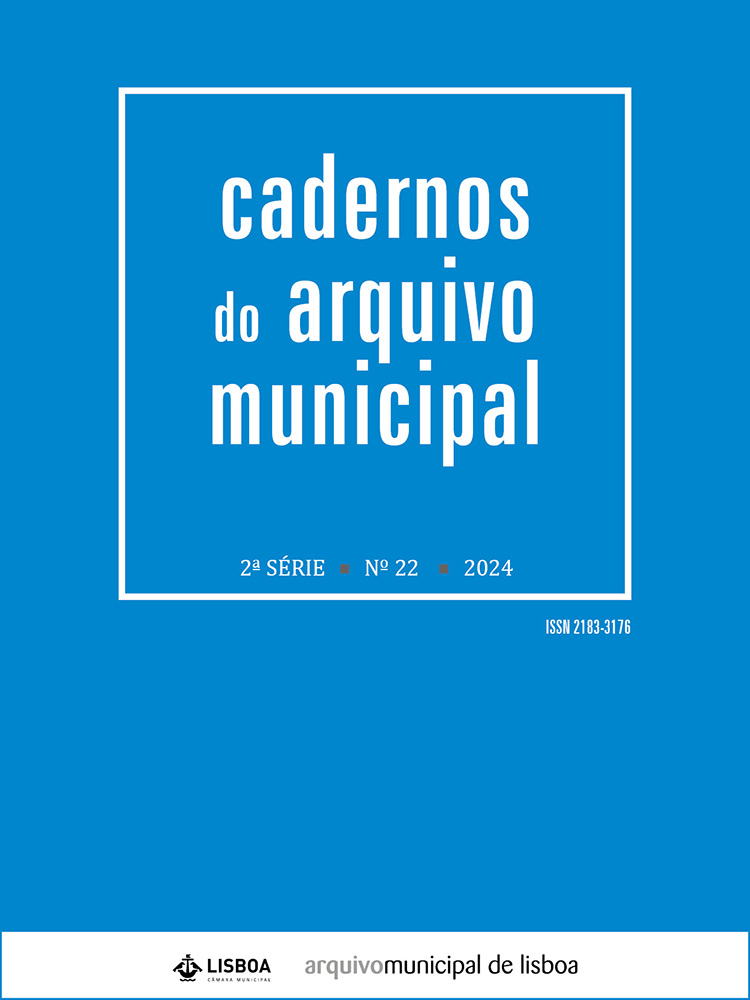Crimes, disorders, and transgressions: Lisbon at the end of the Monarchy
DOI:
https://doi.org/10.48751/CAM-2024-22376Keywords:
Lisbon, Crime, Transgressions, Municipal RegulationsAbstract
Lisbon has a central place when we analyse crime and transgressions, particularly between the end of the 19th century and the beginning of the 20th century, because it was in this city that crime had its highest incidence, unparalleled in Portugal as a whole. This article outlines a characterisation of crime in Lisbon in the last decades of the Monarchy. To this end, it makes use of existing studies and analyses a diverse range of sources, in particular crime statistics produced by the police and judicial authorities. The study of transgressions relies above all on analysing the documentation kept at the Lisbon Municipal Archive. The aim is to present a general framework of the imposition of the law and the municipal rules that regulated daily life in Lisbon and how the failure to comply with them by the population who lived and worked in the city, due to inability, ignorance, or refusal, contributed to a sharp increase in the number of crimes and offences recorded in Lisbon. In addition to the regulations to which the urban space was subject, Lisbon was also the place with the largest and most effective police force in the country, which favoured the detection and repression of illegalities that occurred there.
Downloads
Downloads
Published
How to Cite
Issue
Section
License
Copyright (c) 2024 Maria João Vaz

This work is licensed under a Creative Commons Attribution-NonCommercial 4.0 International License.
The authors retain copyright and grant the journal the right of first publication, with the work simultaneously licensed under the Creative Commons Attribution License CC BY-NC 4.0 which allows sharing and adapting the text as long as its authorship is correctly attribbuted with recognition of the initial publication in this journal.








